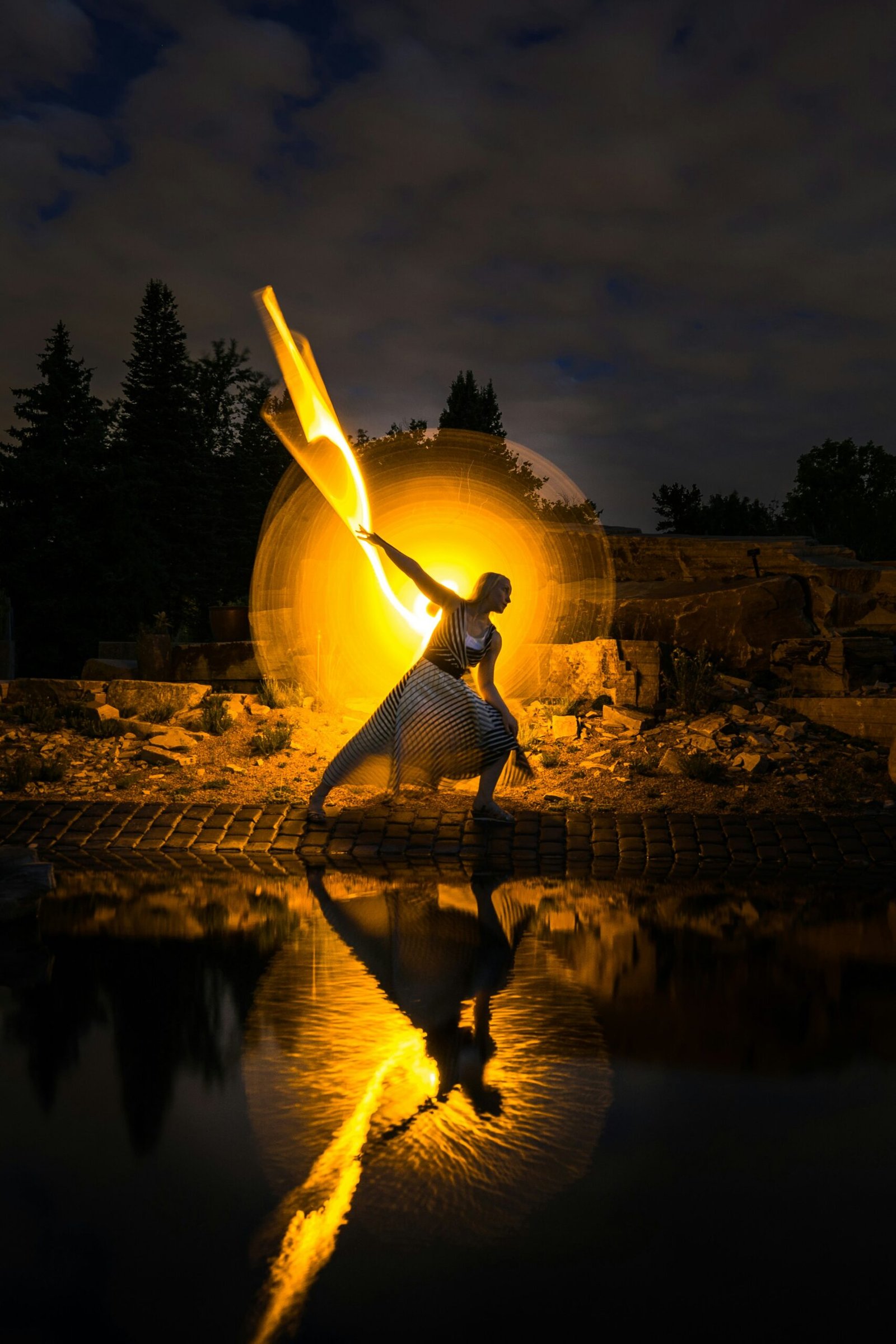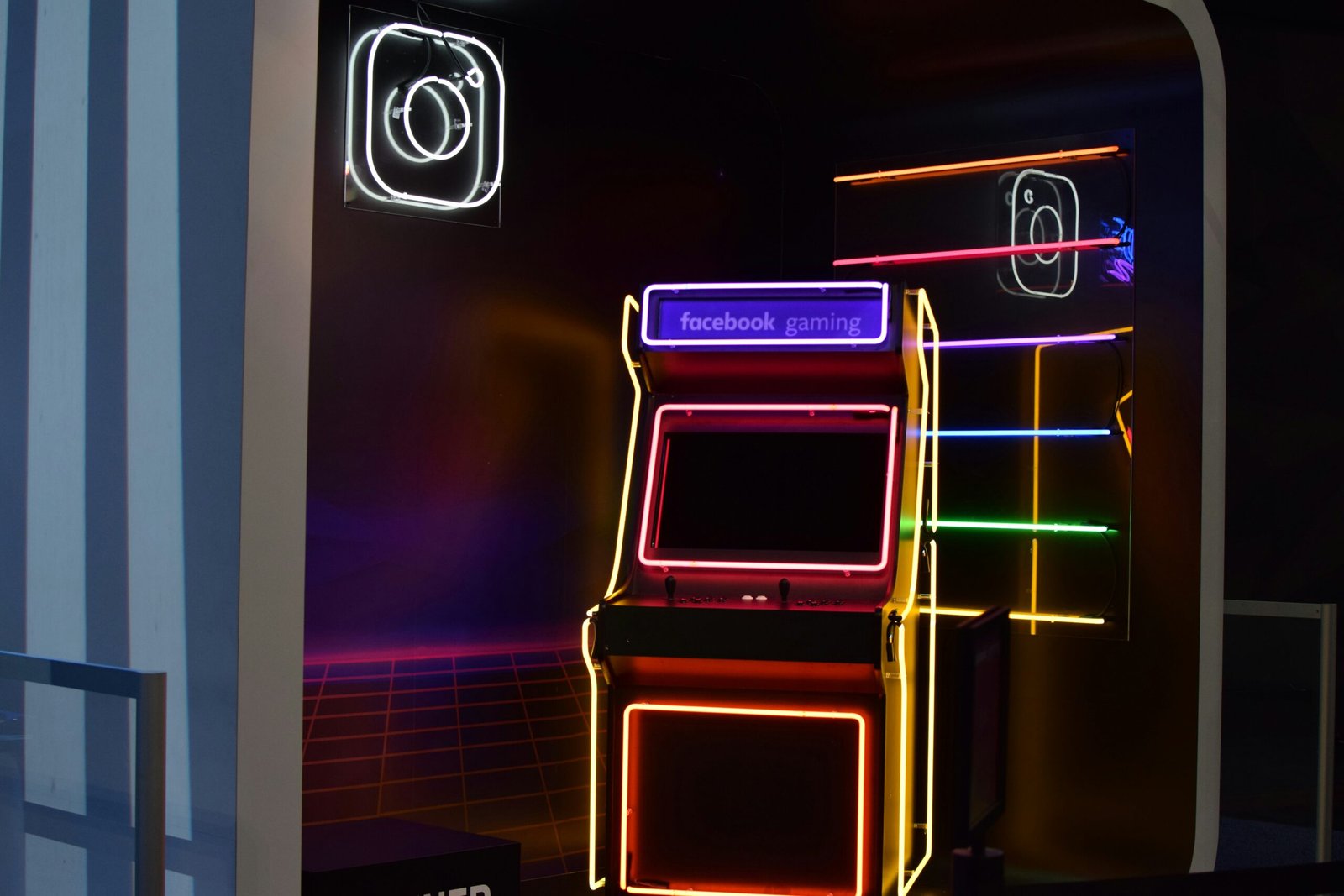Exploring the Charm of Milan: A Comprehensive Guide
A Brief History of Milan
Milan, a city that boasts a rich and diverse history, traces its origins back to a small Celtic settlement known as Mediolanum. Established around 600 BC, this early settlement laid the groundwork for what would eventually become one of Europe’s most influential metropolises. The Roman Empire played a pivotal role in the city’s development; by the 1st century BC, Mediolanum had been incorporated as a key administrative center, benefiting from significant infrastructure and trade routes. The city flourished during this time, with the establishment of impressive architecture, including the famed Roman amphitheater and the intricate canal system that still influences Milan’s layout today.
The fall of the Western Roman Empire in the 5th century marked a period of transition for Milan. The city experienced invasions from various tribes, which led to a fragmented political structure. However, it quickly regained prominence during the Middle Ages, largely due to its strategic location and thriving textile industry. By the Renaissance in the 15th century, Milan had evolved into a cultural epicenter, attracting artists such as Leonardo da Vinci and Bramante, who contributed to the city’s artistic legacy. It was during this period that the famous cathedral, the Duomo di Milano, began its construction, symbolizing Milan’s religious and architectural aspirations.
As the Industrial Revolution unfolded in the 19th century, Milan transformed once more, becoming a hub of innovation and commerce. The influx of workers and the expansion of railways helped establish the city as a crucial industrial center in Italy. This era of growth also facilitated the development of vibrant neighborhoods, contributing to its cosmopolitan character. Over centuries, various cultures and events—from the Spanish and Austrian occupations to the post-World War II urban renewal—shaped Milan’s identity, making it a unique mosaic of art, architecture, and history. The city’s dynamic evolution continues to attract millions of visitors, eager to experience its rich narrative woven through time.
Cultural Landmarks and Attractions
Milan, a city rich in culture and history, boasts an array of iconic landmarks and attractions that showcase its artistic heritage. A central highlight is the Duomo di Milano, an architectural marvel and one of the largest cathedrals in the world. Construction of this Gothic masterpiece began in 1386 and continued for nearly six centuries. The cathedral features stunning spires, intricate sculptures, and beautiful stained glass windows, making it a must-see for any visitor. Additionally, adventurers can ascend to the rooftop for panoramic views of the city.
Another cultural gem is the La Scala Opera House, renowned for its rich history and exceptional acoustics. Opened in 1778, La Scala has hosted countless prestigious performances, attracting world-class artists. The theater itself is a beautiful example of neoclassical architecture, with its lavish interiors and grand red seating. Tourists can take guided tours to explore behind the scenes, providing insights into its storied past and ongoing significance in the world of opera.
One cannot overlook the Last Supper, a mural by Leonardo da Vinci located in the convent of Santa Maria delle Grazie. This breathtaking work depicts the moment Jesus announces that one of his disciples will betray him, capturing a profound emotional intensity. The mural has undergone extensive restoration to preserve its colors and details, and viewing it requires advance reservations due to its immense popularity.
Beyond these well-known landmarks, Milan is dotted with lesser-known treasures such as the Biblioteca Ambrosiana, which houses ancient manuscripts and paintings by great masters. These sites collectively narrate the captivating story of Milan’s artistic evolution and offer visitors a chance to engage with its cultural legacy.
Culinary Delights of Milan
Milan’s culinary scene offers a rich tapestry of flavors and traditions, making it a pivotal hub for food enthusiasts. At the heart of Milanese cuisine lies Risotto alla Milanese, a creamy saffron-infused dish characterized by its vibrant yellow hue. This iconic risotto, with its delicate balance of texture and taste, epitomizes the essence of Italian cooking. Equally renowned is Cotoletta alla Milanese, a breaded veal cutlet that is pan-fried to perfection. These traditional dishes are not merely meals; they represent centuries of culinary history and cultural influences that have shaped Milan.
In recent years, Milan has seen a surge in modern interpretations of classic dishes. Innovative chefs are reimagining traditional recipes, incorporating sustainable ingredients and global flavors to create a fresh culinary experience. For instance, several contemporary eateries are putting a creative spin on the beloved risotto, experimenting with seasonal vegetables and artisan cheeses to entice the modern palate. Popular dining venues like Trattoria Milanese and Da Giacomo are often bustling, offering both locals and tourists a taste of authentic Milanese flavor coupled with warm hospitality.
The local markets in Milan serve as a testament to the city’s vibrant food culture. Mercato di Porta Genova and Mercato di Via Fauche are must-visit destinations for anyone eager to sample fresh produce, artisanal breads, and gourmet cheeses that define the region. Furthermore, food festivals throughout the year celebrate the culinary heritage of Milan, attracting food lovers from around the world to indulge in local delicacies. In addition to traditional dining options, street food has gained popularity; dishes like panzerotti and arancini can be found at food stalls, providing quick and delicious meals for those on the go.
Through its blend of traditional dishes, innovative interpretations, and lively markets, Milan’s culinary scene is set to engage the senses of every visitor, promising an unforgettable gastronomic journey.
Shopping and Fashion in Milan
Milan is often regarded as a global epicenter of fashion, where style and elegance converge to create an unparalleled shopping experience. The city is home to the prestigious Quadrilatero della Moda, a four-sided fashion district that boasts a collection of luxury boutiques, designer flagship stores, and high-end retailers. This area, characterized by its historic architecture and contemporary storefronts, represents the pinnacle of Milan’s shopping scene, attracting fashion enthusiasts from around the world.
The significance of Milan Fashion Week cannot be overstated, as it serves as a vital platform for designers to showcase their latest collections and trends. Held twice a year, this event draws a multitude of industry professionals, including buyers, journalists, and celebrities, contributing to Milan’s reputation as a trendsetter in the fashion industry. Emerging designers often debut their works alongside established fashion houses, creating a dynamic dialogue that shapes the future of style.
Milan’s fashion narrative is characterized by a rich tapestry of styles that blend tradition with innovation. The city has been a breeding ground for various movements, from classic Italian craftsmanship to avant-garde designs. Visitors can explore a wide array of options, from elegant haute couture to contemporary streetwear. Additionally, local artisans contribute to the city’s fashion landscape, offering unique handmade pieces that reflect Milan’s cultural heritage.
For those looking to immerse themselves further in the Milanese fashion scene, a visit to local boutiques and specialty shops is highly recommended. These establishments provide a glimpse into the city’s distinctive approach to fashion, often showcasing pieces that are not found in mainstream outlets. The enchanting blend of luxury, creativity, and tradition makes Milan a must-visit destination for anyone passionate about fashion.









